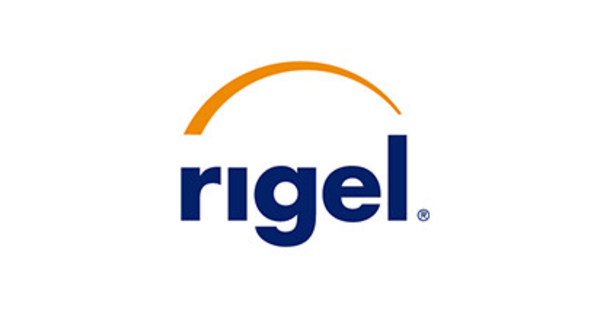Of that number, 53% do not hold a bachelor's degree
, /PRNewswire/ -- Science is US, a foundation-supported initiative housed within the American Association for the Advancement of Science, published a new study, Science at Work: The People and Industries Powering America's Prosperity, which found Americans working in science, technology, engineering, mathematics and medical-related fields now number more than 73.6 million, a 9.7% increase in a two-year time span.
The economic impact study, which combines 2023 data from the U.S. Bureau of Labor Statistics and the economic modeling system IMPLAN, highlights the importance of retaining, investing in and attracting a wide variety of talent. Americans in high-demand STEMM occupations represent 34% of the U.S. workforce and account for 39.2% ($10.8 trillion) of the national gross domestic product.
Other major findings include:
- More than half (53%) employed in STEMM roles (35.5 million) do not have a bachelor's degree. There is a higher percentage of STEMM professionals with a high school diploma or general equivalency credential (18.8%) than a master's or doctoral degree (12.9% and 5.5% respectively).
- STEMM professionals account for more than $20 trillion in sales output. They are also responsible for generating $6.9 trillion in labor income, $1.6 trillion in federal tax revenues, and $715 billion in state and local tax revenues.
- Occupations in STEMM come with higher incomes, with a median annual wage of $94,003. The median wage for non-STEMM jobs is $52,354, the analysis determined.
According to the Bureau of Labor Statistics, the outlook between 2023 and 2033 for careers in STEMM is greater than any other industry sector, with demand for STEMM labor projected to increase by 10.5% in the next ten years. The fastest growing occupations are data scientists, information security analysts, medical and health services managers, computer and information research scientists, and operations research analysts.
"It takes intentional investment and cooperation among educators, businesses, policymakers and communities to expand entry points into STEMM careers," said Tatiana Nin, interim executive director of Science is US. "Building pathways — from apprenticeships and internships to advanced degrees — is necessary to ensure more Americans can enter the STEMM workforce given growing demand, which will accelerate economic growth and innovation."
The top 10 U.S. regions with the largest percentage of STEMM workers are:
- District of Columbia
- Michigan
- Massachusetts
- New Hampshire
- Indiana
- Connecticut
- Ohio
- Utah
- Alabama
- Wisconsin
The study also reinforces the importance of expanding the definition of who is considered a STEMM professional. The individuals counted in the study perform science or math-related functions in their daily tasks. For example, they are agricultural technicians, bookkeepers, electricians, logisticians, plumbers and pharmacists, among many others.
"Given the significant economic contributions of STEMM professionals, the United States has a valuable opportunity to reinforce its commitment to nurturing and prioritizing this essential workforce," said Joanne Padrón Carney, chief government relations officer at AAAS. "By strengthening federal support for research and enhancing workforce stability, the nation can continue to attract and retain global STEMM talent, ensuring sustained economic growth and global competitiveness."
This latest Science at Work study is the third conducted by Science is US in collaboration with FTI Consulting. This new report builds on previous versions published in 2023 and 2020.
Science is US is a foundation-supported initiative housed within the American Association for the Advancement of Science. It works to shift perceptions of the STEMM workforce and advocates for evidence-based decision making in public policy.
The American Association for the Advancement of Science is one of the world's largest general scientific societies and publisher of the journal Science, as well as Science Translational Medicine; Science Signaling; a digital, open-access journal, Science Advances; Science Immunology; and Science Robotics. AAAS was founded in 1848 and includes more than 250 affiliated societies and academies of science, serving 10 million individuals. The nonprofit AAAS is open to all and fulfills its mission to "advance science and serve society" through initiatives in science policy, international programs, science education, public engagement and more. For additional information about AAAS, visit www.aaas.org
SOURCE Science is US

WANT YOUR COMPANY'S NEWS FEATURED ON PRNEWSWIRE.COM?
![]()
440k+
Newsrooms &
Influencers
![]()
9k+
Digital Media
Outlets
![]()
270k+
Journalists
Opted In
.png)
 German (DE)
German (DE)  English (US)
English (US)  Spanish (ES)
Spanish (ES)  French (FR)
French (FR)  Hindi (IN)
Hindi (IN)  Italian (IT)
Italian (IT)  Russian (RU)
Russian (RU)  18 hours ago
1
18 hours ago
1









Comments